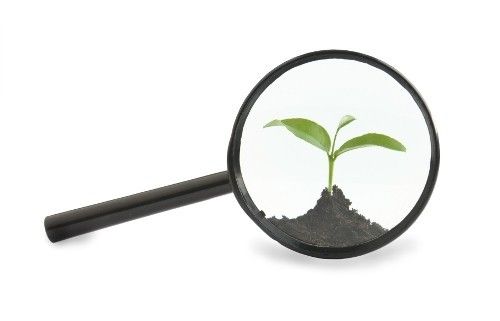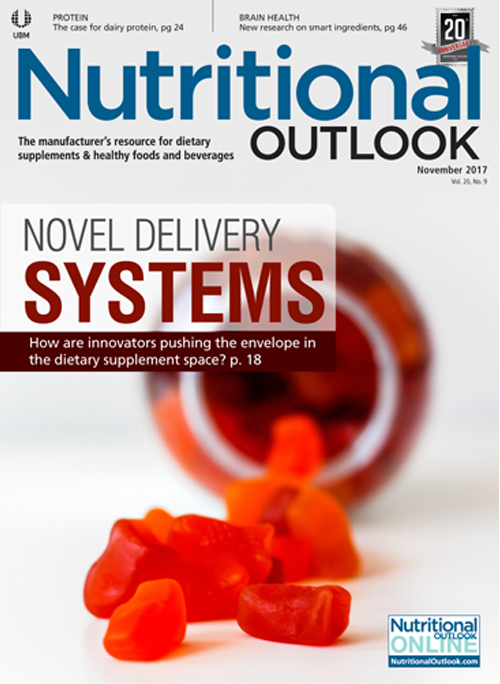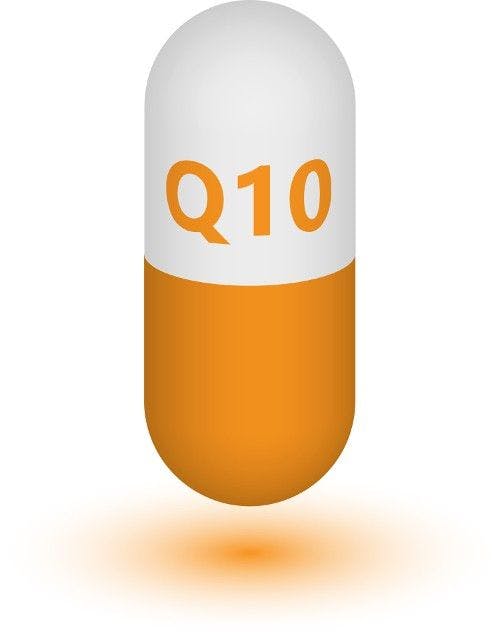Bolstering Botanical Best Practices
I recently spoke with Jane Wilson, AHPA’s director of program development, about how its standardized best practices tools can be used up and down the botanical supply chain, and about how they hopefully will help bolster quality control and transparency throughout the botanical industry.
Photo © Shutterstock.com/urfin

Back in August, the American Herbal Products Association (AHPA; Silver Spring, MD) made a significant announcement-that it had launched a Good Agricultural and Collection Practices (GACP) and Good Manufacturing Practices (GMP) assessment program for the botanical industry.
This free, hands-on assessment program comprises checklists that those in the herbal industry-everyone from growers and harvesters to processors and manufacturers-can use when working in their area of the field to determine whether or not they are meeting what experts in those fields have defined as best practices. I recently spoke with Jane Wilson, AHPA’s director of program development, about how these standardized best practices tools can be used up and down the botanical supply chain, and about how they hopefully will help bolster quality control and transparency throughout the botanical industry.
First off, Wilson says, the increased public scrutiny around dietary supplements-and around the herbal supplement industry, in particular, as a result of 2015’s New York Attorney General (NY AG) investigation of herbal supplements and retailers-was the impetus that led AHPA to create the assessment tool. Wilson notes that, as a result of the NY AG investigation, many of the major supplement industry trade associations began undertaking self-regulatory initiatives. AHPA’s assessment tool, she says, is aligned with the association’s area of expertise, the botanical industry. “That was really the big driver, the recognition after the NY AG activity that there was more work that we could do as an industry to police ourselves and hold ourselves to high standards,” she says.
By 2006, she says, AHPA had already developed and released its Good Agricultural and Collection Practices for Botanical Materials document. But by mid-2016 (post NY AG), she said, AHPA decided to further update and translate those standards into actionable checklists for companies to use and make sure the checklists encapsulated new regulatory requirements such as those of the Food Safety Modernization Act.
The association gathered experts specializing in various areas of the botanical industry, and those experts helped to identify and develop the checklists. “We looked at things they were already using and got a sense of what it is that they do on a daily basis in terms of what would help their decision-making processes,” Wilson says. The result is nine separate checklists covering: 1) botanical identity and quality assessment, 2) cultivation, 3) wild collection, 4) general farm standards, 5) harvest, 6) post-harvest handling, 7) further processing, 8) food facility and farm facility, and 9) a dietary ingredient supplier assessment tool.
Wilson says these checklists can be used in a number of ways. First, those working in the field can use the individual checklists to self-assess their own procedures against expert-defined best practices as they do their work. But those operating farther upstream-for instance, those who purchase botanical ingredients-can also require their suppliers to utilize these checklists to confirm that the suppliers are adhering to best practices. “So, it can kind of be a push-pull,” Wilson says. “The suppliers can use it and provide it to somebody upstream who’s buying their botanicals, and they can say, ‘Hey, this is what we do, so you can see what our practices are.’ And then the people upstream can send it backward and tell a supplier, ‘Well, we want to buy your material, but we’d like you to fill this out so that we can get a sense of what your practices are around certain activities and how you produce your botanical material.’” Wilson also points out that the checklists are editable Word docs so that companies can change any portions that they feel don’t apply to their business, etc. “They’re intended to be flexible so that companies can use them to the best advantage,” she says.
If anything, Wilson says, the hope is that these tools will emphasize the need for documentation. Because, she says, “I think the question goes to, ‘Are you doing it, and are you documenting it?’” Because those can be two different things. So, when somebody starts asking you to prove whether you’re doing something, it’s helpful if you have an SOP that you can show them that says this is what our staff is supposed to do, etc.”
“There are probably segments of the botanical industry where a lot of these practices are just generally recognized, but it’s not anything that anyone’s thought, ‘Well, I need to keep a record of the fact that I’m doing that,’ or ‘I need to be able to demonstrate that somebody has been adequately trained on that,’” she continues. “So, it’s just formalizing, hopefully, a lot of these activities that have been well-recognized for a long time, but now, because of some of these issues, like attention from the NY AG, that it becomes important to be able to document specifically that you are doing these things and that you’ve been adequately trained to do these things.”
Jennifer Grebow
Editor-in-Chief
Also read:
Under-the-Radar Botanicals to Watch in 2018
5 Green Superfood and Grass Supplement Trends to Watch in 2018
Synthetic Botanicals Should Be Dietary Ingredients, Industry Leaders Tell FDA

Prinova acquires Aplinova to further increase its footprint in Latin America
April 7th 2025Prinova has recently announced the acquisition of Brazilian ingredients distributor Aplinova, which is a provider of specialty ingredients for a range of market segments that include food, beverage, supplements, and personal care.




















